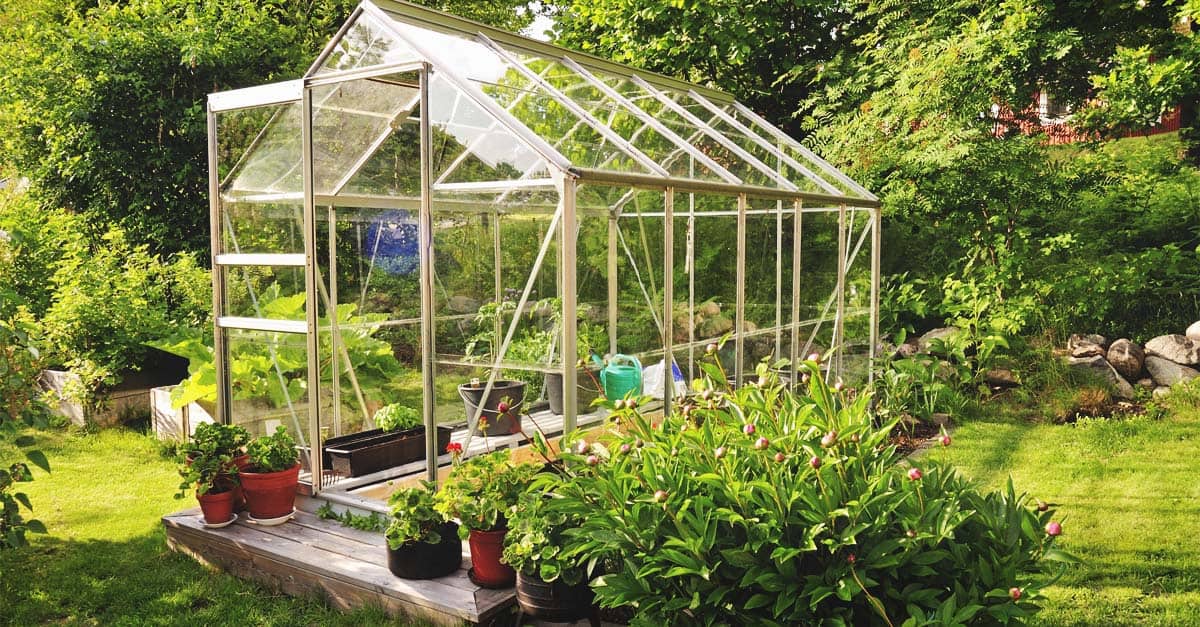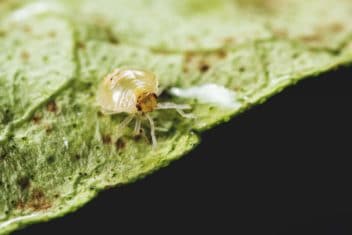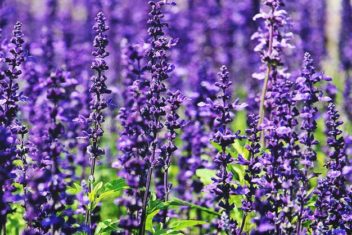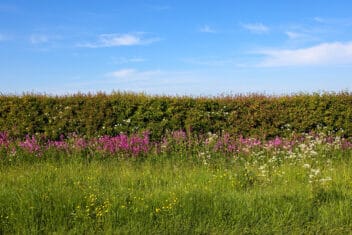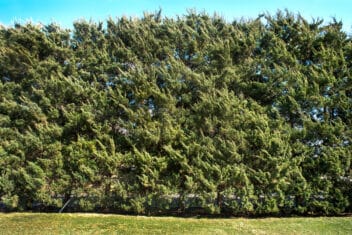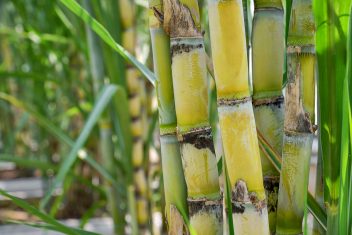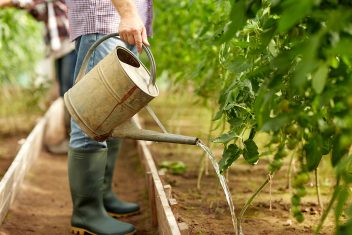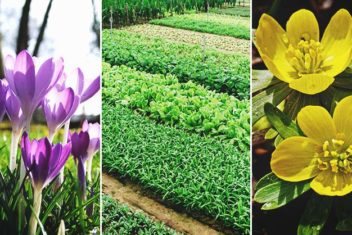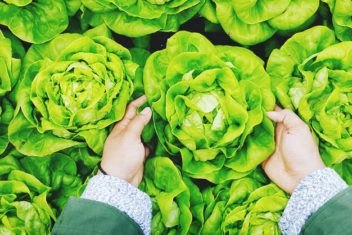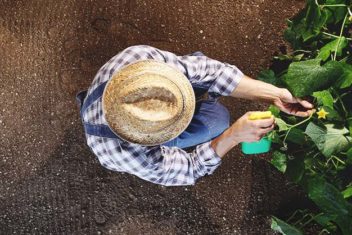Do you want to grow plants and seeds year-round? Perhaps you want to grow more flowers and herbs from seed rather than buying them at the store. No matter what the goal, many gardeners are looking to learn how to use a greenhouse to extend their garden season.
A greenhouse is an investment, so you typically only want to get one if you have a plan and the knowledge to use it. Whether you use a kit or build a greenhouse from scrap windows, most greenhouses cost at least $100 for a basic design. Expect to pay considerably more if you want a nicer, larger greenhouse.
For that reason, you want to know how to use a greenhouse as well as the benefits of having one. Let’s take a look!
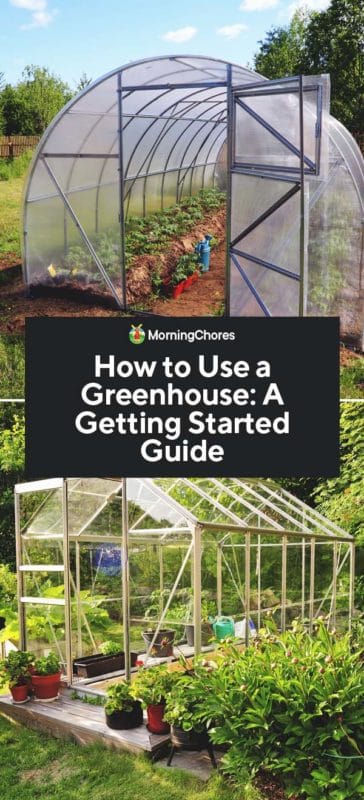
What is a Greenhouse?
A greenhouse is a frame, usually a wooden or metal structure, covered in walls that are primarily glass – usually in the form of windows – or surrounded by plastic sheets. You can use any material for the walls so long as the light can penetrate and air can circulate. Generally, greenhouses are the shape of a small building with four walls, a roof, and a single entry/exit.
You can purchase greenhouses at your local hardware or garden stores that are pre-assembled. Some stores carry greenhouse kits, which are starter kits to build a small greenhouse consisting of parts that can be assembled.
The Advantages of Having a Greenhouse
If you’re on the fence about whether or not you should invest in a greenhouse, here are some advantages of having one.
- You can start seeds earlier in the season. You have plenty of space in a greenhouse to start as many tomatoes, peppers, cabbages, and other early-starting seeds as you want.
- You can overwinter tender plants.
- You can grow exotic plants that aren’t native to your area. For example, people often like to grow dwarf citrus fruit trees in greenhouses.
- Grow vegetables year-round.
- You don’t have to worry that inclement weather or seasonal issues might slow the progress of your plants.
- It makes growing your food easier and less physically demanding because you can place the plants on tables. Plus, you don’t need to weed as you do in a typical garden bed.
- Greenhouses encourage the moisture to stay in the air while also controlling the temperature for fussy plants.
What to Consider When Building a Greenhouse
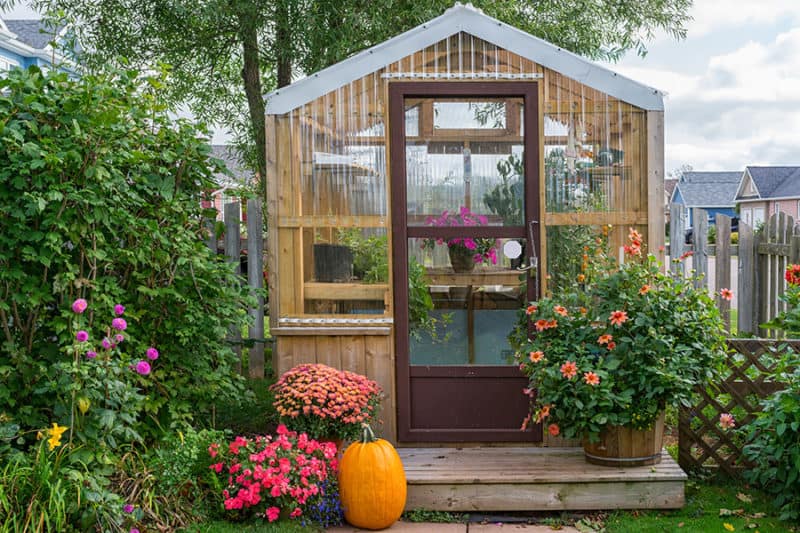
Whether you’re buying a greenhouse or constructing your own, you want to make sure the greenhouse has all of the features you desire.
- Ample height for taller plants and yourself! You don’t want to hunch over when you’re taking care of your plants. Make sure the greenhouse is taller than you.
- Space for heating and air systems, if you decide that you want to include that.
- Room to move. You need space to move around the plants, set up tables, and walk around without damaging your plants.
- Plenty of windows, tight plastic, or reflective materials on the walls of your greenhouse. Whatever you pick should allow light in but stop heat and moisture from escaping.
- Make sure the location of the greenhouse provides natural sunlight or shade, depending on where you live.
How to Use a Greenhouse in Simple Steps
1. Decide the Location for Your Greenhouse
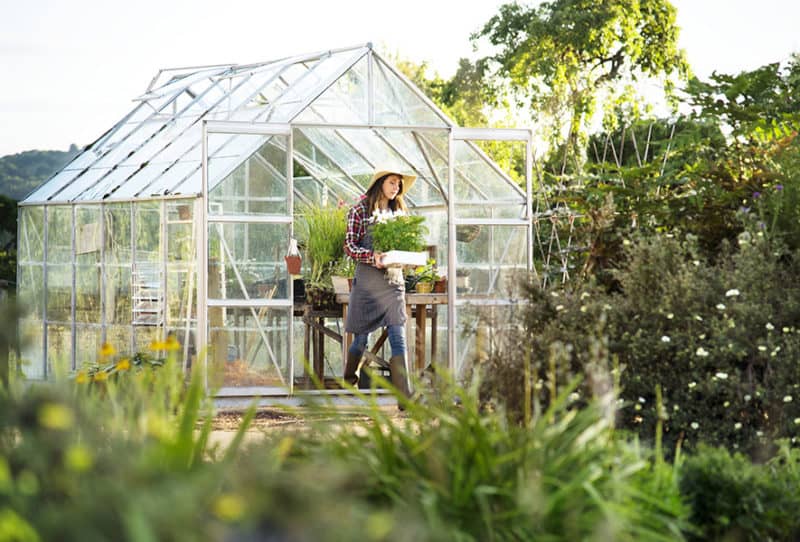
Before you purchase your new greenhouse or start building, you want to pick the location for your greenhouse. The site you select must have maximum exposure to the sun. Natural UV rays enhance the growing ability of all types of plants.
Start keeping track of the areas you are considering for your greenhouse. Track how many hours of direct sunlight each area receives to find the right one.
If the location doesn’t receive at least 6 hours of direct sunlight daily, grow lights can be added to make sure that your plants receive the correct UV exposures. UV rays are also valuable in maintaining the proper temperatures needed for germination and plant growth.
While sunlight is essential, UV rays can also dry out and burn your plants from too much exposure. It can be nice to have a tree or some shade throughout the day. Shade increases the odds of survival.
2. Pick the Style of Greenhouse That You Want
You can find many different types and styles of greenhouses. Some are freestanding structures, while others lean against your home or an existing building.
Freestanding Structures
Freestanding greenhouses are placed in your backyard or on your property somewhere. This style of greenhouse needs more space than the leaning structures. While the initial expense of freestanding greenhouses is higher, you can save money later by providing a lower cost per plant. You can grow more plants in them and do more, in general, in this style.
This style lets you start plants much earlier in the growing season. Then, at the sign of the first frost, you can bring your plants into the greenhouse to extend the growing season well into November.
Leaning Greenhouses
Leaning greenhouses (sometimes called attached) only have three walls because the 4th wall is the wall of an existing structure. That might be your house, but it also could be a garage or a shed. It’s a great choice if you are short on space, but you should also remember that one wall won’t receive any natural sunlight because the material will be your home (or another building).
This style of greenhouse is less expensive, but it’s not suitable for all things. You can grow herbs, seedlings, and some vegetables in them. However, space is at a premium with this style, and the sunlight is limited to 3 sides.
3. Decide if You Want Other Features
Now you have to decide what other features you want to have in your greenhouse. If you live in an area that doesn’t have temperatures that let you grow crops year-round, you might want to try a heating system. Some gardeners like to add grow lights or fans. These features can be necessary to make your greenhouse suitable to grow vegetables all year-round.
Depending on your budget, you can add shelving, a mist system, automatic vents, a tool rack, a potting bench, and more. The list can be huge. Your imagination is the limit.
4. Air Circulation Matters
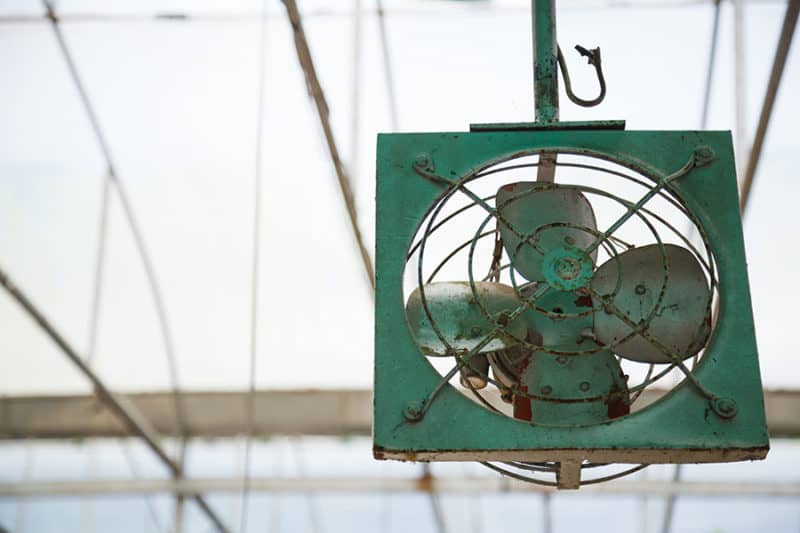
Have you ever stepped into a greenhouse? Some are extremely hot, and that can be bad for your plants. Any plant you want to grow to completion in your greenhouse will require air circulation. Oxygen is essential to plants.
Gardeners can increase ventilation with the use of fans and air movers to circulate the area throughout the greenhouse. You might also want to have windows that can open and close when you need to lower the temperature.
The ideal temperature inside of a greenhouse is between 80-85℉, which is why keeping the internal temperature steady is essential. Uncontrolled, temperatures can heat up well over 100℉, which is why all greenhouses need to include vents. That can be a top vent that opens a hatch in the ceiling or side vents that remove hot air and bring cooler air inside.
Automatic ventilation systems are pricey, but they can save you time and frustration. They have a sensor that kicks on the fans or heating if the temperatures rise or fall below acceptable levels.
5. Controlling the Humidity
Aside from having the right ventilation, you need to control the humidity levels. Humidity is essential, especially if you have tropical plants. Greenhouses need to have at least 50% humidity or higher.
There are several ways to adjust humidity levels.
- Place trays of pebbles under the plants. Fill the trays with water, so it covers the pebbles. Doing this helps to add humidity near the plants.
- Put marble or stone chips on the floor under the benches or tables. These create humidity if they’re dampened on dry days.
- You can also install humidifiers and humidity sensors.
6. Know What to Do in Each Season
Last, before you get started, you need to know what to do in each season. Remember, you are going to use this greenhouse to extend your growing opportunities. Here are some ideas that you can do in each season.
Spring
Spring is the time to start seeds in the trays. When the seedlings emerge, you can transplant them into larger pots and keep them in the greenhouse until it’s time to move them outside.
Summer
Try starting fall flowers and perennials in your greenhouse. You also can start the seeds for vegetables in your fall garden.
Fall
You can continue to grow greens throughout the fall in the greenhouse. Any houseplant that doesn’t fit on sunny windowsills can go in there as well. Bring it plants that need to overwinter into the greenhouse.
Winter
Use the greenhouse to grow cold-hardy vegetables, such as lettuce or kale. You can protect herbs and annuals by growing them there during the winter months.
The Final Thoughts on How to Use a Greenhouse
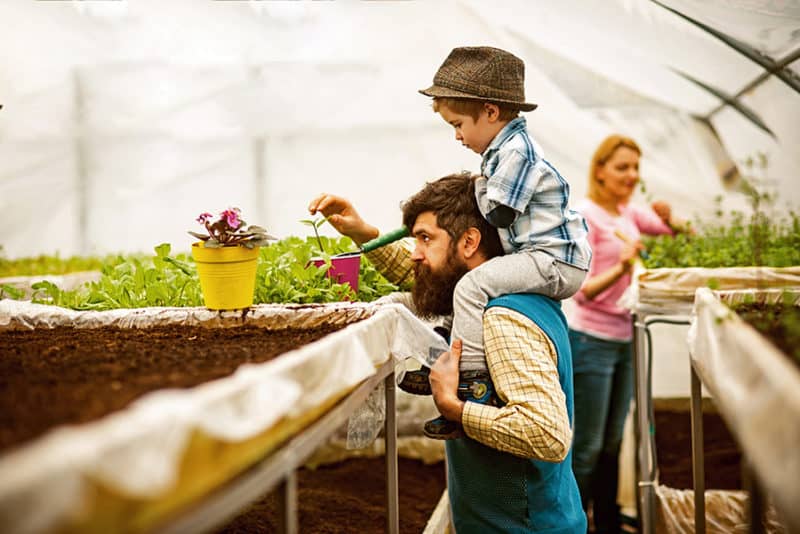
Greenhouses are a real way to show off your green thumb, and you can save some money at the same time. By using a greenhouse to grow your fruits and vegetables, you can extend your growing season and grow more vegetables than you thought possible.
Using a greenhouse isn’t just for advanced gardeners. Beginners can enjoy the benefits as well. Be sure to plan ahead of time and do your due diligence during the planning stages. If you plan your greenhouse correctly, everything else will fall in line.
